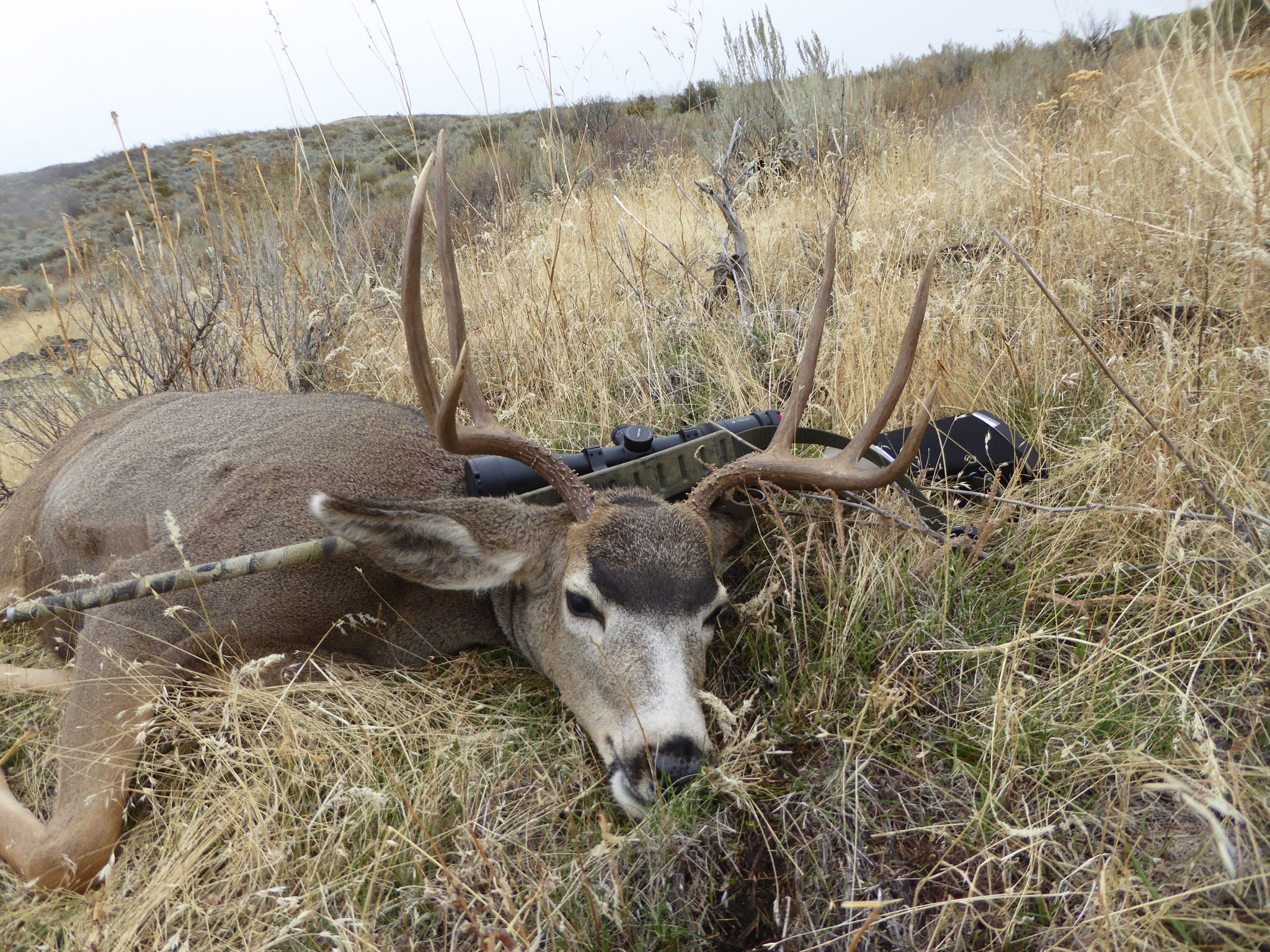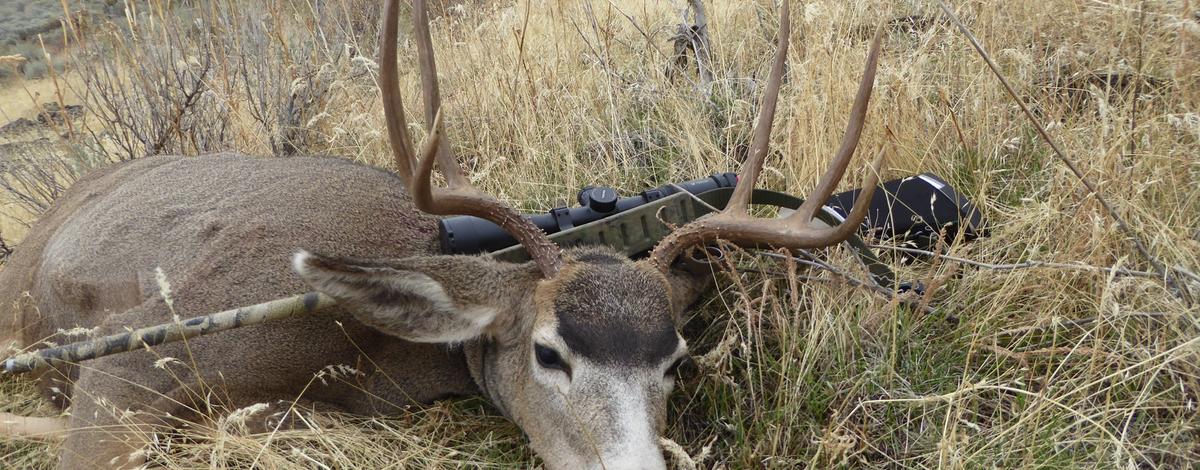As expected, deer harvests appear to be down so far this year and elk harvest is tracking similar to last year, but there’s plenty of season left and whitetail hunting is moving into its prime season.
Hunters have been reporting the progress of their seasons at Fish and Game’s check stations and through harvest reports.
Fish and Game collects data from a number of sources, but game manager Jon Rachael warns that although they are an indicator of trends around the state, they’re not completely reliable.
“We do make some inferences as to how the harvest is going, but we have to be cautious,” he said. “Check station data don’t always track real well with end-of-the-season harvest data from harvest reporting.”
Having said that, harvest data from the 17 check stations around the state, some which were run several times, indicated “we’re going to be down considerably for deer harvest, that’s the early feel.” Rachael said.
Harvest reports submitted by hunters online and by phone also back that up, but they’re also inconclusive because most hunters who reported have already harvested, while those who haven’t harvested, but may still, are waiting until their seasons ends.
Through Nov. 2, hunters reported killing 5,605 deer, which compares with 6,993 by that date last year.
Elk harvest is tracking closer with 3,376 elk reported killed by hunters, which compares with 3,672 last year through Nov. 2.
To put the early numbers in perspective, hunters killed 66,923 deer and 22,557 elk last year.
While many general, any-weapon elk hunts are wrapping up, there are lots of seasons left, and hunters have 10 days to report after they harvest, or 10 days after their season ends.
Part of the drop in the deer harvest is fairly easy to explain. Most of southern Idaho had an abnormally harsh winter and many areas lost a large portion of the mule deer fawn crop. The male fawns lost last winter would have been spikes and two-points this fall, and that age class usually makes up the majority of the deer harvest.
Along with that, Fish and Game cut back on controlled hunts for antlerless deer, and either-sex hunting opportunity for youth deer hunters. Antlerless hunts tend to have a higher success rate than buck hunts, so that’s another portion of last year’s harvest that wasn’t available this year.
Reducing opportunities to harvest does was intentional to preserve them and increase the number of deer available after the hunting season to produce the next generation.
“We cut back a lot of does harvest to aid deer herds in bouncing back more quickly,” Rachael said. “Deer are very capable of bouncing back quickly after one bad winter.”
Of course, there’s no guarantee this winter will be mild, but if it’s closer to normal, deer herds are likely to increase.
Rachael also pointed out the state’s mule deer herds were growing for several straight years previous to last winter, and there has also been a corresponding increase in hunters. More hunters and fewer deer means success rates are likely take a hit.
While Fish and Game biologists knew many fawns were lost last year, they also knew there was a good carryover of mature deer, which have been reflected in the harvest this year.
“We’ve seen some fantastic bucks taken,” Rachael said.
Although hunters can typically take whitetails during October, November is when whitetail bucks start the rut. Whitetails account for about 40 percent of Idaho’s deer harvest, and the most popular whitetail hunting areas in the Clearwater and Panhandle regions saw winter weather that was closer to average.
Hunters who have completed their hunts can file their reports by calling 1-877-268-9365, or file an online hunter report.


